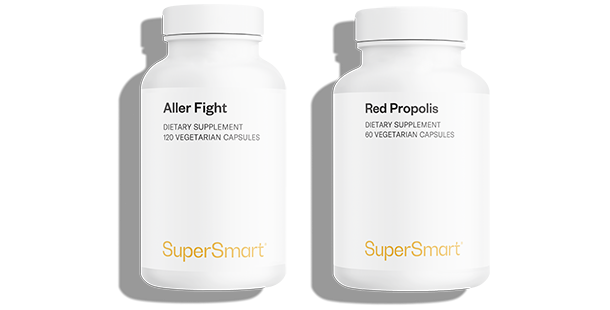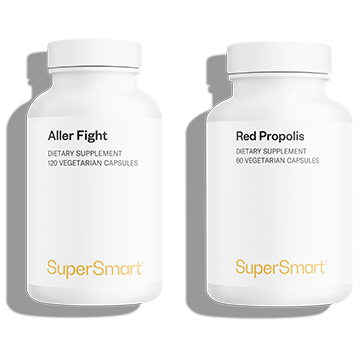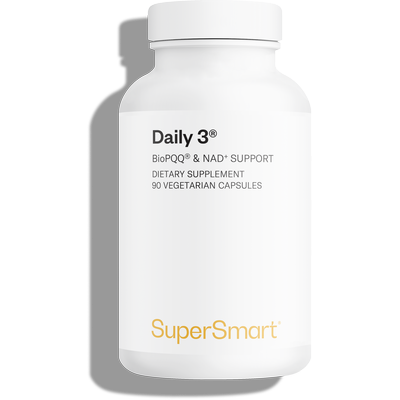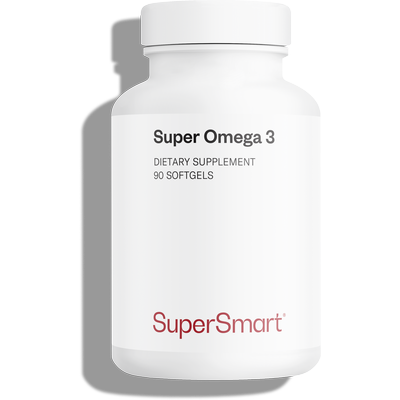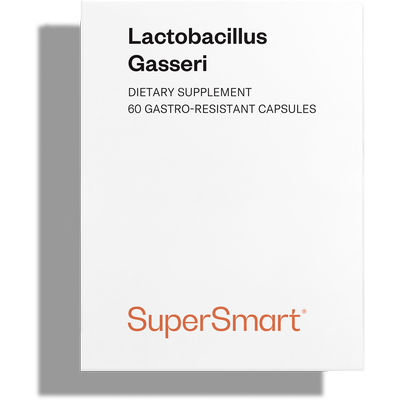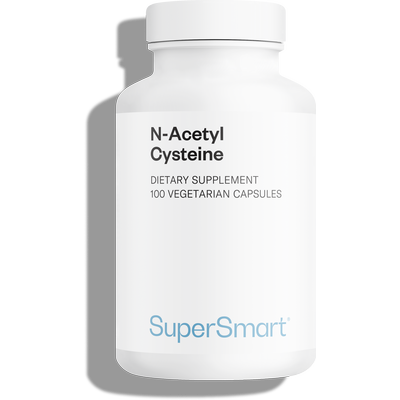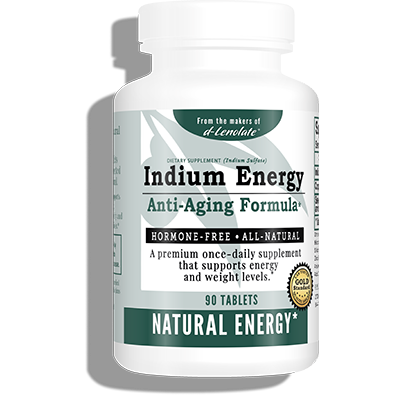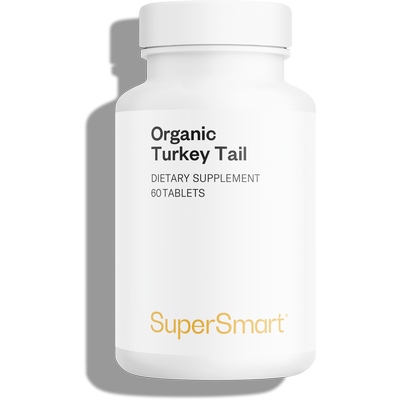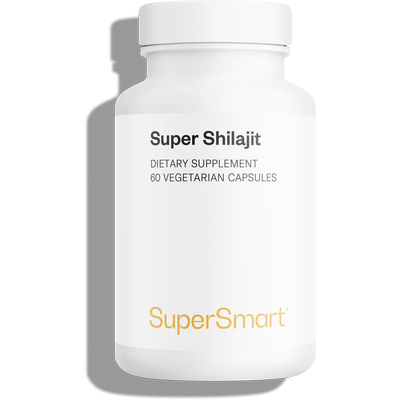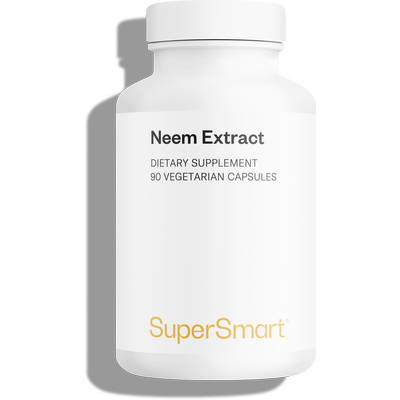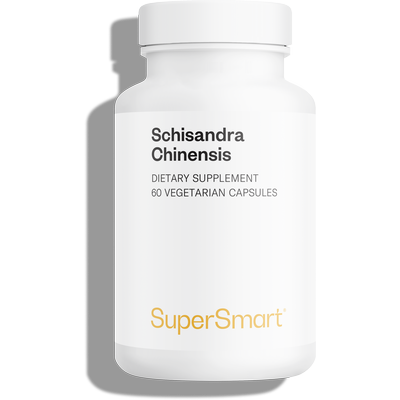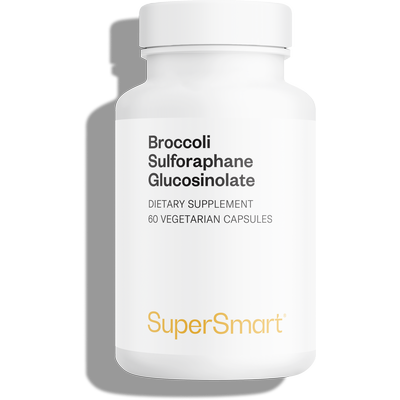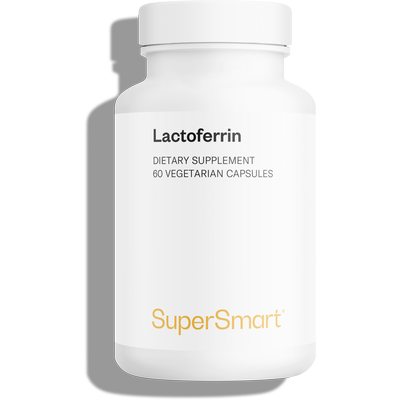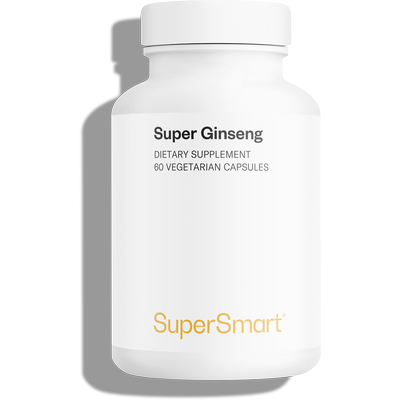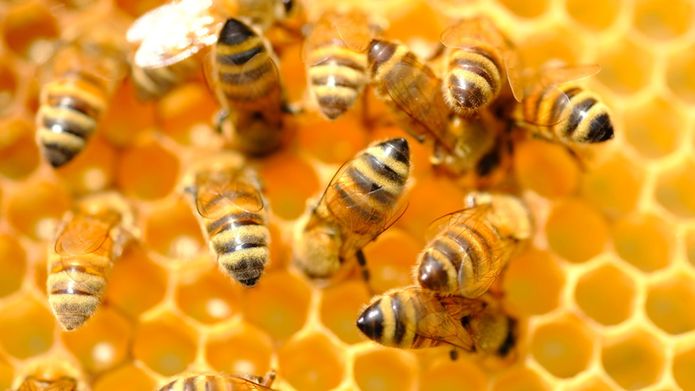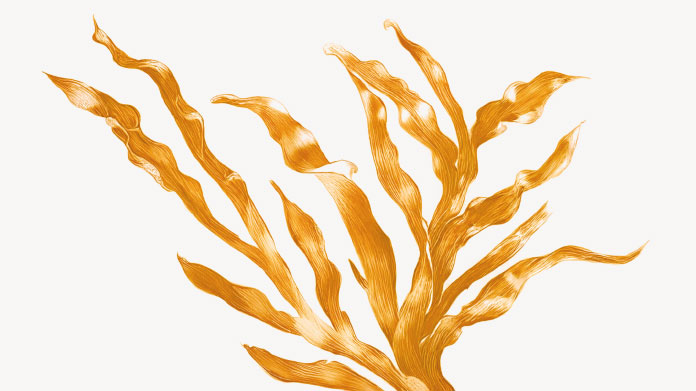In stock
Aller Fight+Red Propolis
Complete your selection
What is in Aller Fight+Red Propolis
Any questions?
Our team of nutrition experts and scientists has the answers.
Propolis is a sealant used by bees for strengthening the hive interior, making it more air- and water-tight and better-able to resist microbial and fungal attack. The bees make it from anti-pathogenic resins (18-19) gathered from tree buds and bark, which they mix with wax and saliva. The propolis is then collected by beekeepers by scratching the ‘frames’ of the beehive, after which the wax and impurities are removed. The final product is a complex concentrate of phytonutrients from the tree buds and micronutrients from the bees.
In Europe, bees make propolis from poplar trees or conifers. In Brazil, however, where ecosystems are infinitely richer, there are around 13 types of propolis which vary depending on the plant source used by the bees. They include red propolis, recognised as the variety containing the most antioxidant phytonutrients and demonstrating the highest antioxidant activity(20). It gets its red colour from a unique flavonol pigment called retusapurpurine (21).
It is produced from a climbing tree with vine-like branches: Dalbergia ecastophyllum (22-24) which grows in the mangroves (swampy tropical forests) of northern Brazil. In this extraordinary environment, far from intensive farming, the bees collect a bright red, resinous exudate, which is associated with the presence of a local parasite.
Green propolis is produced by bees in southern Brazil from a completely different species called Baccharis dracunculifolia (25).
Red Propolis is an exceptional, natural and very rare product (annual production in Brazil is estimated to be just 1-2 tons), the manufacture of which relies on high-quality French extraction facilities.
- It’s the most bio-rich, effective and rarest of all the varieties of propolis.
- It comes in capsule form and thus leaves no bitter taste in the mouth.
- The fact that it’s freeze-dried means all the properties of its ingredients are well-preserved with a long ‘shelf-life’. This is not the case with fresh, chewable propolis, the quality of which is often mediocre.
- It contains much higher levels of isoflavones than other types of propolis, which helps improve symptoms of the menopause.
- It’s the best natural product for supporting the immune system throughout the winter period and in stressful situations.
It’s a good idea to also take the following steps throughout your supplementation with red propolis capsules, for increased benefits:
- Increase your intake of fruit and vegetables to ‘up’ your exogenous antioxidant levels. These external compounds will give your immune defences a boost and complement their activity.
- Make sure you get enough sleep. There’s no doubt that lack of sleep impairs the quality of your immune response.
- Pay attention to your diet. Poor diet is the main reason for a weak immune system: even mild deficiencies in key micronutrients (selenium, copper, vitamin E, vitamin A …) can play a significant role in the daily battle that takes place between the body and pathogens. Taking a good quality multivitamin supplement during periods of fragile health can help optimise immune processes.
- Avoid synthetic cleaning products, cigarette smoke and pesticides. Exposure to these substances damages the immune system.
For synergistic effects, its possible to combine Red Propolis with other supplements available to buy at Supersmart, such as those of barberry extract, a powerful anti-bacterial which also helps lower blood sugar levels, zinc orotate, which has well-documented preventive effects against the common cold, vitamin C, invaluable in winter for boosting white cell numbers, and a medicinal mushroom complex enriched with ginseng and selenium.
Royal jelly, standardised in 10-HDA, is also a good option for boosting the immune defences, ideally at each change in season.
Note: Red propolis is not recommended for those with allergies to beehive products.
Buy Red Propolis capsules to support the immune system.
This product’s capsules are made of pullulan, a natural polysaccharide obtained by fermenting tapioca or corn. Pullulan contains no animal ingredients and provides an excellent barrier to oxygen, helping to preserve the integrity of the capsule’s ingredients. It is also an eco-friendly alternative to synthetic materials.
Here are 10 key techniques and natural remedies for tackling allergies:
- if you suffer with breathing allergies, air the rooms in your home every day (though if you’re allergic to pollen, keep the windows shut between 10am and 3pm during the flowering season) ;
- make sure you maintain a medium humidity level by buying a humidifier, for example, and setting it to 50% (dust and pollen circulate more easily in a dry atmosphere, while mould, which can also cause allergies, flourishes in moist air) ;
- avoid having carpets or rugs (or at least vacuum them regularly), remove your outdoor shoes before going inside and think about dusting. Don’t dry your sheets outside to prevent them getting covered in pollen ;
- wear sunglasses to protect your eyes from pollen, and relieve any irritation with eye drops(6) ;
- if you’re allergic to dust mites, use anti-dust mite mattress/pillow covers (7). And make sure you change your bedlinen regularly to prevent these tiny bugs from breeding ;
- if your problem is an allergy to your pets, keep them out of bedrooms ;
- if it’s pollution, avoid using busier roads to minimise contact with particle pollution ;
- don’t smoke (smoking can exacerbate allergy symptoms) (8) ;
- make an appointment with a health professional. He or she will be able to confirm which allergies you’re suffering from, using skin prick testing, and if necessary, prescribe medication or a long-term treatment called ‘desensitisation’(9) ;
- in the case of a food intolerance, adhere strictly to the diet recommended by your allergy specialist.
Alongside Aller Fight, we’d also recommend taking a course of IsoQuercitrin. Isoquercitrin is a soluble form of quercetin, the most powerful of the flavonoids. It is highlighted in several studies as being beneficial for allergies (digestive, respiratory, ocular and others). This supplement contains a form of quercetin called EMIQ®, which offers exceptional bioavailability.
This product’s capsules are composed of HPMC (hydroxypropyl methylcellulose), a plant substance derived from cellulose. HPMC is widely used for medicines and dietary supplements. It contains no animal ingredients, is recognised as safe by health authorities and is considered more sustainable than synthetic alternatives.
Need help?
You may also like

